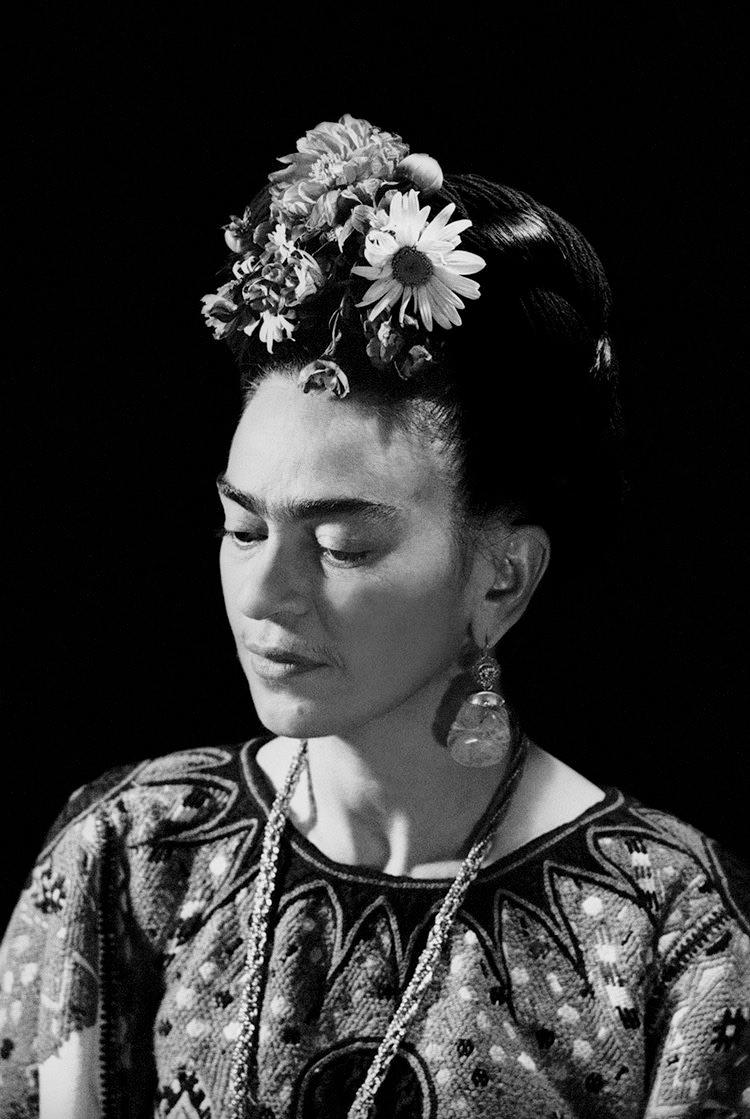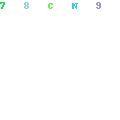

We relived the first steps on the moon and the speech that divided India and Pakistan. We mingled with criminals, leaders, protesters, artists and athletes, many who forever changed their professions. We heard the echoes of shots that reverberated in America and around the world. We wandered back into a fatal Alaskan odyssey and over the rainbow. Thanks for joining us this summer as we revisited some of the 200,000 memorable lives featured in The New York Times’s archive. (It was dramatized in the 2002 film “Frida,” with Salma Hayek in the title role.) In a 2007 retrospective in Mexico City, a Times review noted that it was through her lesser known works that Kahlo “emerges as an artist who gathered multiple influences into her own language.”Īfter her death, as the feminist movement gathered steam, her work would often be seen as eclipsing Rivera’s thanks to a renewed interest in her unflinching portrayals of a woman’s mental state through the lens of her own life. The headline for her obituary in The New York Times said, “Frida Kahlo, Artist, Diego Rivera’s Wife.” Her work as a painter was mentioned almost as an aside.īy then her paintings had been exhibited and well-received in major cities like Mexico City, Paris and New York.

If her clothing was an embrace of cultural identity, her signature unibrow and her wispy mustache were in some ways a rebuke to conventional standards of beauty.Ī native of Coyoacán, Mexico, Kahlo began painting in 1926 while bedridden after sustaining life-altering injuries, including a broken spinal column, in a bus accident.Īt her death on this day 62 years ago, she was well-known as an artist but nevertheless remained overshadowed by Rivera. The style’s floor length skirts also allowed Kahlo to conceal her damaged leg, a result of polio as a child. The choice to wear it in self-portraiture was a nod to her own fortitude.

She embraced traditional Tehuana clothing, which in her paintings was often interpreted as a symbol of female authority. Kahlo expressed herself in dress as well, using her raiment as both adornment and armor. Photoįrida Kahlo’s 1939 oil painting “The Two Fridas.” CreditĪll Rights Reserved 2016 Banco de México Diego Rivera Frida Kahlo Museums Trust, Mexico, D.F./Artists Rights Society (ARS), New York (The couple remarried the following year.) Together, the two Fridas suggest the physical and emotional toll of the divorce. One heart appears to be broken, with blood splattered on Kahlo’s lap from a cut vein.The other is intact with blood pumped to a framed photo of Diego Rivera, the celebrated muralist with whom Kahlo had a tumultuous marriage and had divorced that year. The two hold hands, connected by shared veins that flow to their exposed hearts. Near-mirror images, they reflect love and loss and ideas surrounding beauty. Some of her artistic themes were highlighted in “The Two Fridas,” a 1939 oil painting that shows two seated Kahlos holding hands. “I am happy to be alive as long as I can paint,” Kahlo said. Kahlo’s paintings often shifted the viewer’s perspective beyond her self-portraits to offer personal and societal commentary, both subtle and overt. Frida Kahlo, one of Mexico’s most important artists, understood the power of a selfie well before it became a pervasive part of popular culture.


 0 kommentar(er)
0 kommentar(er)
